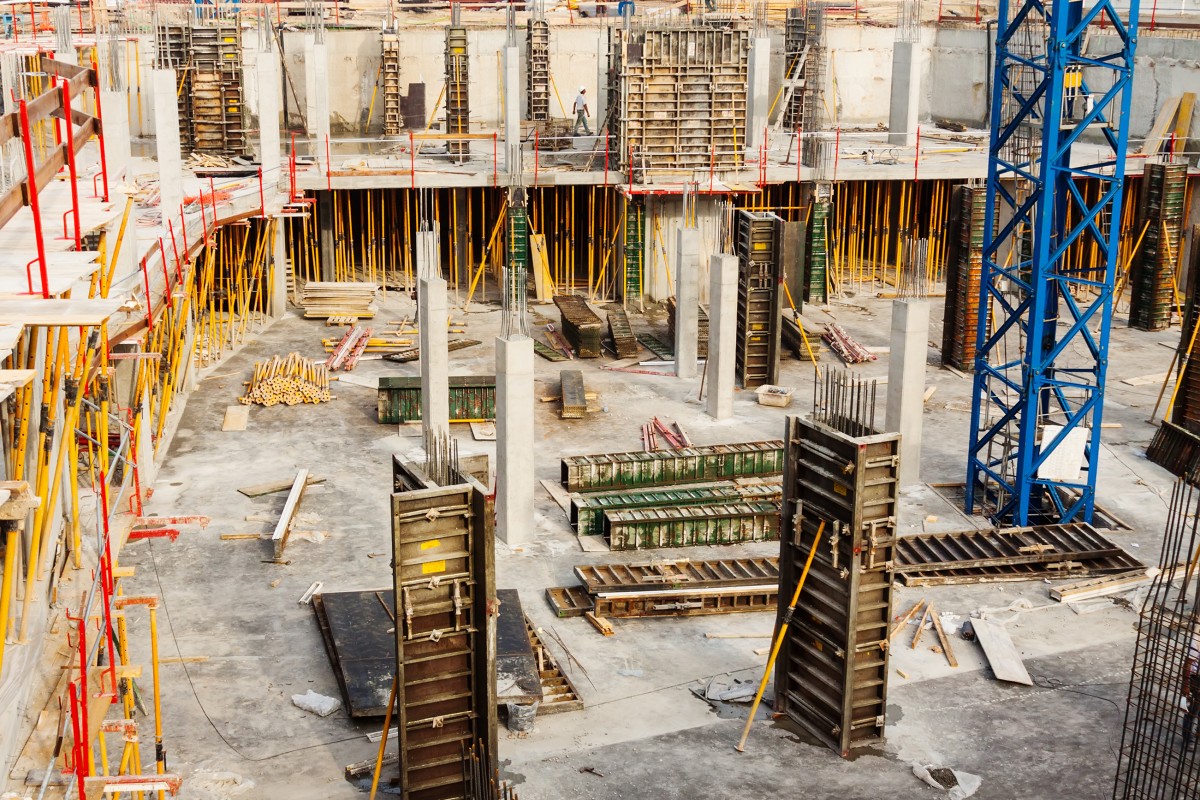Building Safely: Ensuring Safety on Construction Sites
Construction sites are dynamic environments with numerous potential hazards. Ensuring the safety of workers, visitors, and the public is a paramount concern for any construction project. Effective safety measures not only protect lives but also enhance productivity, reduce downtime, and foster a culture of responsibility and care. Here are key strategies to ensure safety on construction sites:
1. Comprehensive Safety Training
Providing comprehensive safety training to all workers is the foundation of a safe construction site. Training programs should cover the proper use of equipment, hazard recognition, emergency procedures, and safe work practices. Regular refresher courses and updates on new safety protocols help keep everyone informed and vigilant.
2. Personal Protective Equipment (PPE)
The use of personal protective equipment (PPE) is essential in minimizing injury risks. Workers should be equipped with appropriate PPE such as helmets, gloves, safety goggles, high-visibility vests, and steel-toed boots. Ensuring that PPE is in good condition and worn correctly at all times is crucial for effective protection.
3. Site Safety Inspections
Regular site safety inspections help identify potential hazards and ensure compliance with safety regulations. These inspections should be conducted by qualified safety officers who can assess risks, recommend corrective actions, and monitor the implementation of safety measures. Frequent inspections foster a proactive approach to safety management.
4. Clear Communication
Effective communication is vital for maintaining a safe construction site. Clear signage indicating hazards, safety procedures, and emergency exits should be prominently displayed. Regular safety meetings and toolbox talks provide an opportunity for workers to discuss safety issues, share concerns, and stay informed about ongoing safety measures.
5. Hazard Identification and Mitigation
Identifying and mitigating hazards before they cause harm is a critical aspect of construction site safety. This includes conducting risk assessments, implementing control measures, and ensuring that all machinery and equipment are properly maintained. Employing barriers, warning signs, and safety nets can also help prevent accidents.
6. Emergency Preparedness
Being prepared for emergencies is essential in minimizing the impact of accidents. Construction sites should have well-defined emergency response plans that include evacuation procedures, first aid stations, and emergency contact information. Regular drills and training sessions help ensure that workers know how to respond effectively in an emergency.
7. Encouraging a Safety Culture
Promoting a culture of safety involves fostering an environment where safety is a shared responsibility. Encouraging workers to report hazards, near-misses, and unsafe practices without fear of retaliation helps create a proactive safety culture. Recognition and rewards for safe behavior can further motivate workers to prioritize safety.
Conclusion
Ensuring safety on construction sites requires a comprehensive and proactive approach. By implementing thorough training programs, utilizing PPE, conducting regular inspections, and fostering clear communication, construction companies can significantly reduce the risk of accidents. Building a strong safety culture not only protects workers but also contributes to the overall success and efficiency of construction projects. At Aikara Building Services and Logistics Ltd, we are committed to upholding the highest safety standards to ensure the well-being of our team and the success of our projects.





